Everything on Earth can be divided into two groups - 'living' and 'non-living'. If we think about it, we might say that movement is a good way of deciding between the two, but not always!
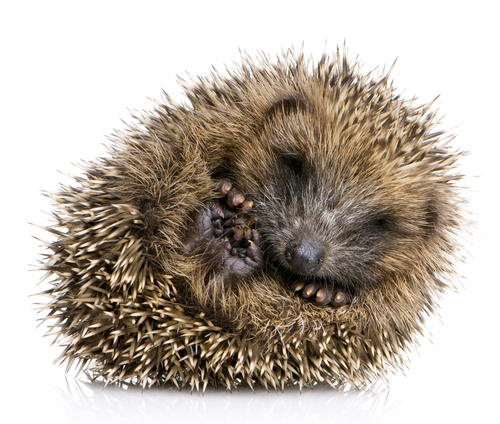 |
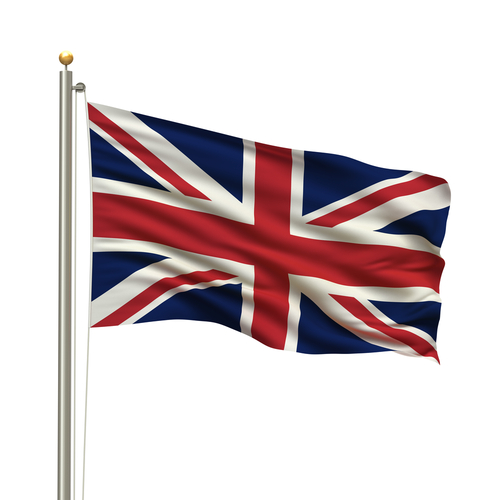 |
 |
Look at the pictures - a hibernating hedgehog does not appear to move, even her breathing is slow and shallow.
A fluttering Union Jack Flag moves a lot, but is it alive?
Very slow-growing moss needs a lot of watching to see it move - but we know moss is alive!
Let's think about 'non-living' things because that's not as simple as it seems.
Many objects and materials which we use everyday can be described as 'never-lived'.
This means they were never part of a living thing.
However, lots of materials we use come from something that was once alive. Read on to find out what!
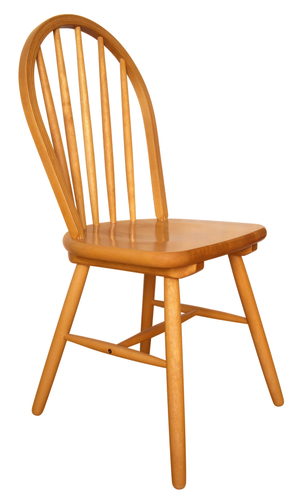 |
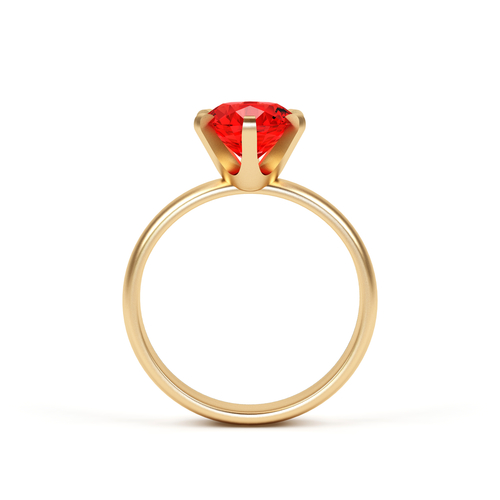 |
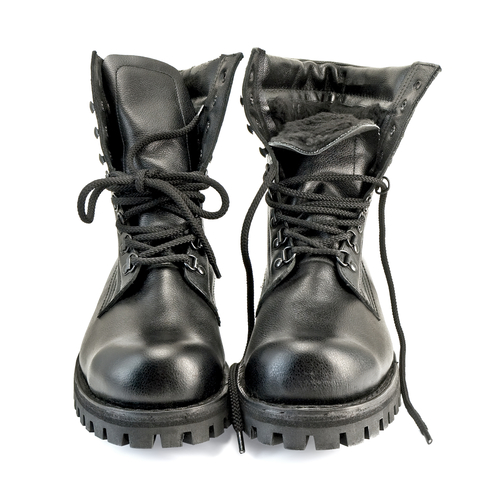 |
It's important that we know the difference between things in these three groups.
The chair is made of pine, which was once part of a living tree; the leather to make the boots also came from a living thing - the hide of a cow; but the materials needed to make the ruby ring have never lived - they've been mined from the Earth.
Movement is not enough to decide if something is living. We know that living things also grow and reproduce. These three characteristics are part of the life processes.
There are seven life processes to learn about, but today we are only focusing on movement, growth and reproduction.
So let's think about each object and ask ourselves:
Can it move
Can it grow
Can it reproduce?
If it can't do one of these, it is 'non-living' but that doesn't mean it was never alive.
If it can do all of these, it is alive/living.

Good luck!







